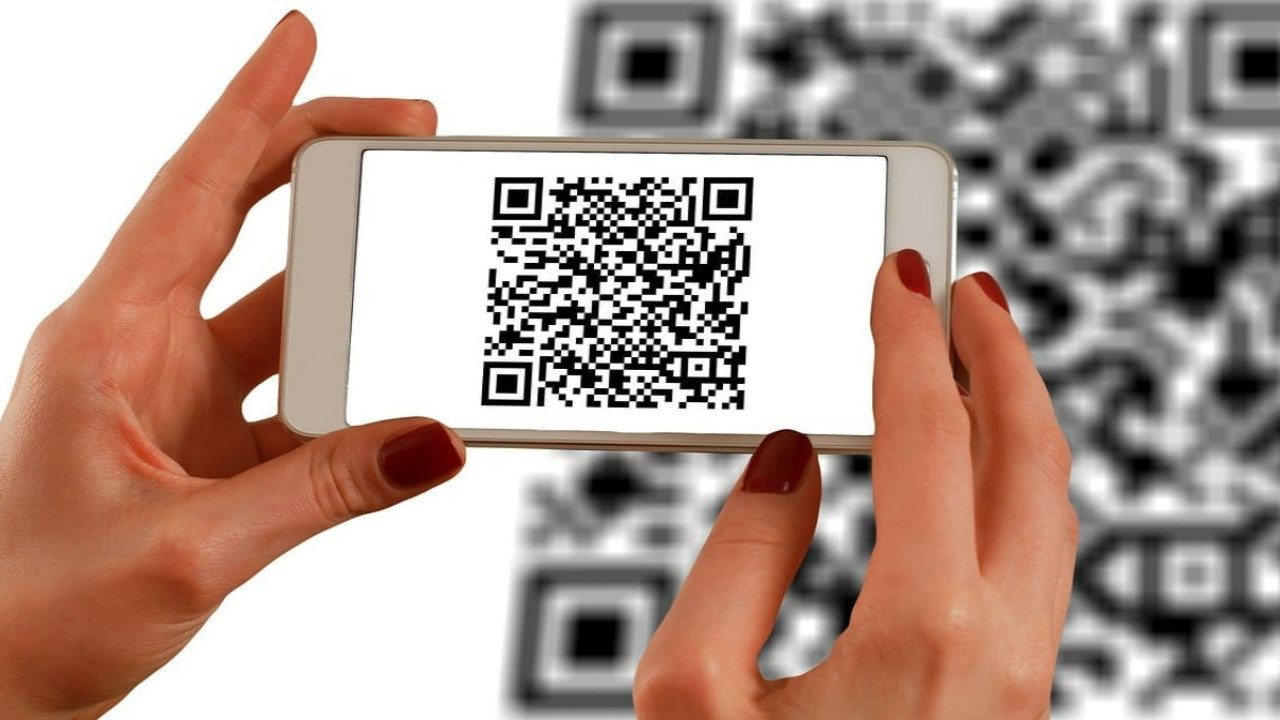The rise of QR codes in everyday life
Scanning a QR code using a smartphone has been of the biggest attributors

Quick Response (QR) codes or two-dimensional barcodes that can be scanned using a smartphone, have gained widespread popularity in recent years. While they were initially created for tracking parts in automobile manufacturing in Japan, in the year 1994, their use has since extended into virtually every aspect of everyday life. From digital payments to interactive marketing, restaurant menus, healthcare, and even art exhibitions, QR codes are everywhere.
During the pandemic, QR codes were a prominent fixture. However, as ExpressVPN mentioned in its article, people should think twice before randomly scanning QR codes. Despite their convenience and versatility, QR codes also have certain drawbacks, inviting praise and criticism.
To Scan or Not To Scan?
The advent of smartphones equipped with built-in cameras and the ubiquity of the internet were pivotal in propelling QR codes into everyday life. Today, scanning a QR code using a smartphone usually opens a webpage or an application providing more information about a product or service, making it a go-to tool for businesses to connect the physical and digital worlds. The COVID-19 pandemic further escalated the use of QR codes, necessitating touchless interactions in various sectors, including hospitality, retail, and public transportation.
The Benefits of QR Codes in Our Daily Lives
Convenience
QR codes have simplified a plethora of daily activities. They can store a large amount of data and quickly connect users to online content, applications, or services. You can now scan a code to pay bills, learn about a product, check in at an airport or restaurant, or even join a Wi-Fi network.
Higher Interactivity and Engagement
QR codes have become a powerful tool for businesses to drive user engagement and interactivity. They can provide more information, offer discounts, show video demonstrations, or facilitate online purchases, enhancing the customer experience.
Eco-friendly
The usage of QR codes can significantly reduce paper waste. Restaurants, for instance, now use QR codes to display menus, eliminating the need for physical ones. In addition, contactless QR code transactions reduce the reliance on cash and paper receipts, minimizing the need for printed tickets or coupons.
Concerns Around QR Codes
Despite these benefits, there are potential downsides to the widespread use of QR codes. Let’s explore what some of them are:
Privacy and Security Concerns
QR codes can be a gateway for malicious attacks on the users. Unscrupulous entities may generate QR codes linking to phishing websites or malware, tricking users into providing personal information or access to their devices.
Digital Divide
Even though most people do have access to the internet and a smartphone, there are many without them as well. The increasing reliance on QR codes can inadvertently exclude people needing access to the necessary technology, exacerbating the digital divide.
Dependence on Technical Functionality
The effectiveness of QR codes relies on the device’s camera and internet connection. If either of these malfunctions or the QR code is damaged, it can disrupt the interaction.
The rise of QR codes in everyday life has transformed how businesses and consumers interact, providing convenience and digital engagement at an unprecedented scale. Nevertheless, people must recognize the potential drawbacks related to security and the exclusion of specific demographics, and technical glitches.
Therefore, addressing these challenges is essential by establishing robust security protocols, creating inclusive alternative solutions, and ensuring reliable technical infrastructure. As the world evolves technologically, QR codes' role in everyday life will undoubtedly grow, necessitating a continual reevaluation of their pros and cons.





 JOIN OUR WHATSAPP CHANNEL
JOIN OUR WHATSAPP CHANNEL













































